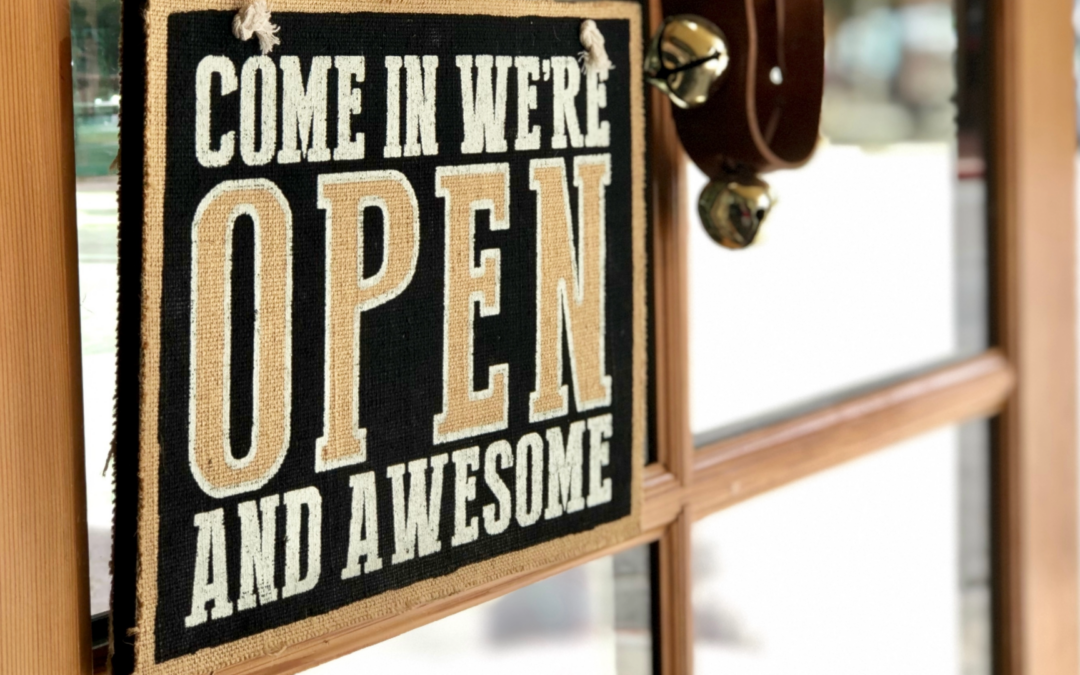It’s long been said that laughter is the best medicine. So, it may come as a relief to retailers and weary consumers alike that humor in marketing is on the comeback. When it’s thought through and well done, incorporating humor is an excellent way for retailers to spark joy, create positive brand connections and drive sales.
To understand where we’re at, it’s helpful to take a look back. Data from Kantar shows the proportion of ads using humor as a creative strategy dropped from 53% to 34% globally since 2000. The COVID-19 pandemic only contributed to this decline.
But beginning in 2023, momentum started to move back in the direction of playfulness. Three-quarters of U.S. and U.K. winners at the 2024 Cannes Lions Festival of Creativity featured humor, as did 70% of ads during the 2024 Super Bowl.
“Undeniably, we live in deeply polarized times… and it’s getting harder and harder to find common ground,” says Jon Cook, global CEO of VML, an international marketing and communications company. “In such a divisive atmosphere, people are searching for something that unites us. That’s precisely why humor can be effective now more than ever, especially when it builds upon shared experiences.”
After all, an Oracle survey of people from 14 countries in 2022 found that 78% believe brands can do more to deliver happiness to their customers and 91% said they preferred brands to be funny. What’s more, these sentiments are highly likely to translate into action. If a brand uses humor:
- 80% said they’re more likely to buy from the brand again,
- 80% said they’ll recommend the brand to family and friends,
- 72% will choose the brand over the competition, and
- 63% will spend more with a brand.
Advice for Retailers
Retailers who are not so sure—or out of practice—using humor to connect with consumers might appreciate some advice from brand marketing experts:
- Know your audience
Anyone with kids knows something that makes one person laugh can make another cringe. That’s where it’s important to know your customer and target humor to what you know about them. Another approach is to just stick to humor that has broad-based appeal. Here, the advice is to “Keep it simple, timely and relatable,” Pini Yakuel of Optimove tells Forbes. “Let humor enhance your message, not distract from it.”
- Be real
Consumers today are craving authenticity and want to connect on a human or emotional level. They can usually pick up on when a brand is trying too hard to be funny or just trying to be trendy. “A little humor is a great way to connect with people and show there’s a person behind the words,” Yakuel comments.
- Take it easy
Humor doesn’t need to be side-splitting funny to be effective. Playful and fun does the job too. If you still want to go for a big laugh, “Make fun of situations and things—not people,” advises Toby Wong of Toby Wong Consulting.
- Consider the medium
Nutter Butter’s current weird and wacky social media campaign would clearly not play as well in TV ads. It’s a good idea to be consistent across all channels but recognize that the type of humor you’re incorporating might be better suited for different mediums.
- Line it up
At the end of the day, make sure any humor you’re incorporating is aligned with your brand. “Unless humor is literally part of your brand image, the safest option for companies to use is self-deprecating humor,” says Tom Wozniak of OPTIZMO Technologies, LLC. “Poking fun at your own expense usually comes across.”

